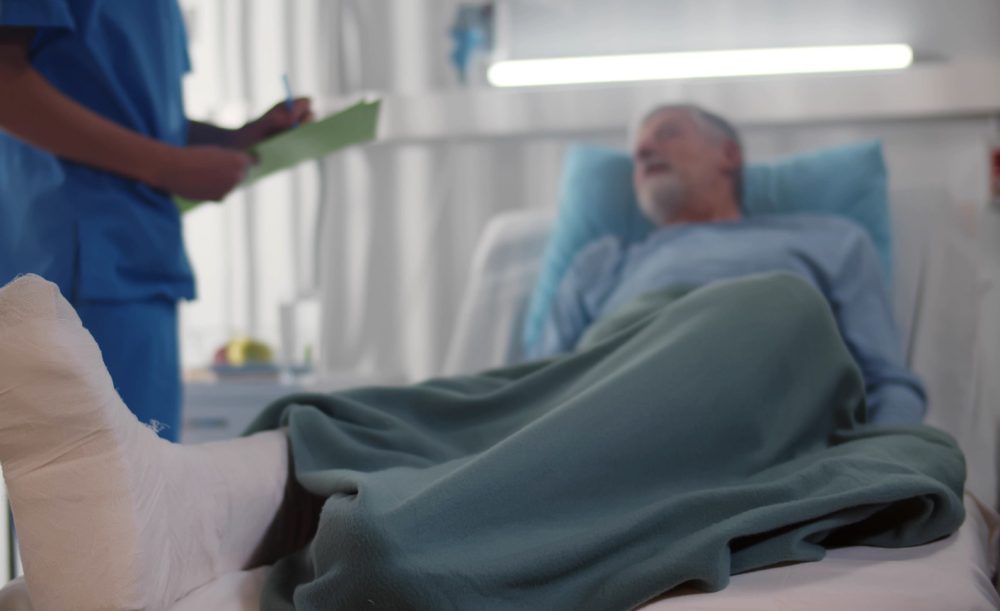Advertisment
Therapeutic effects of conservative treatment with 2-week bed rest for osteoporotic vertebral fractures: a prospective cohort study

Aging is universal. Both osteoporosis and the bone fractures that occur as a result of osteoporosis become more likely with age. Current clinical guidelines do not recommend bed rest during treatment for osteoporotic vertebral fractures—spinal fractures that occur in bones that has been weakened by osteoporosis—because there has not been enough evidence to make conclusive recommendations. However, a recent study provides new evidence that an initial period of strict bed rest can be beneficial.
In a study published this month in the Journal of Bone & Joint Surgery, American Volume, a team of researchers at the University of Tsukuba found that, in older adults with spine fracture from osteoporosis whose prognosis was found to be poor based on MR imaging, fewer instances of surgery were required for patients whose treatment included a strict 2-week period of bed rest than for those whose treatment included out-of-bed (e.g., walking) rehabilitation as soon as their level of pain permitted.
“As part of conservative treatment, a brief initial period of bed rest is as safe as no rest and has an excellent effect,” explains Professor Toru Funayama.
The study was conducted in two hospitals that treated patients with spinal fracture from osteoporosis—one with a standard procedure of strict bed rest for the first 2 weeks and the other with a standard procedure encouraging walking rehabilitation as soon as possible depending on pain tolerance. The researchers compared the number of patients who required surgery, radiological changes (like the occurrence of non-union of the bone, additional damage to the bone, or increased spinal kyphotic deformity), and changes in ability to perform daily activities between the patient groups.
The study found that bed rest may help those who need it most. As Professor Funayama says, “Individuals whose MR imaging indicated a poor prognosis benefitted the most from this form of conservative treatment during initial stages.”
The structure of the individual bones and the spine as a whole contribute to its ability to withstand large and varying loads during daily activities. Bed rest may allow the structure of the weakened bone to gain some stability. Because the period of initial bed rest is limited, countereffects such as muscle wasting from disuse are reversible. Potential radiological changes that can arise from structural instability, like vertebral collapse or spinal deformity, may also be avoided.
The research team’s findings on the benefits of initial bed rest make an important contribution to maximize treatment options for a common complication of osteoporosis.
This study received a research grant from the Japan Osteoporosis Society.
Original Paper
The article, “Therapeutic Effects of Conservative Treatment with 2-Week Bed Rest for Osteoporotic Vertebral Fractures: A Prospective Cohort Study” was published in the Journal of Bone & Joint Surgery at DOI: 10.2106/JBJS.22.00116





